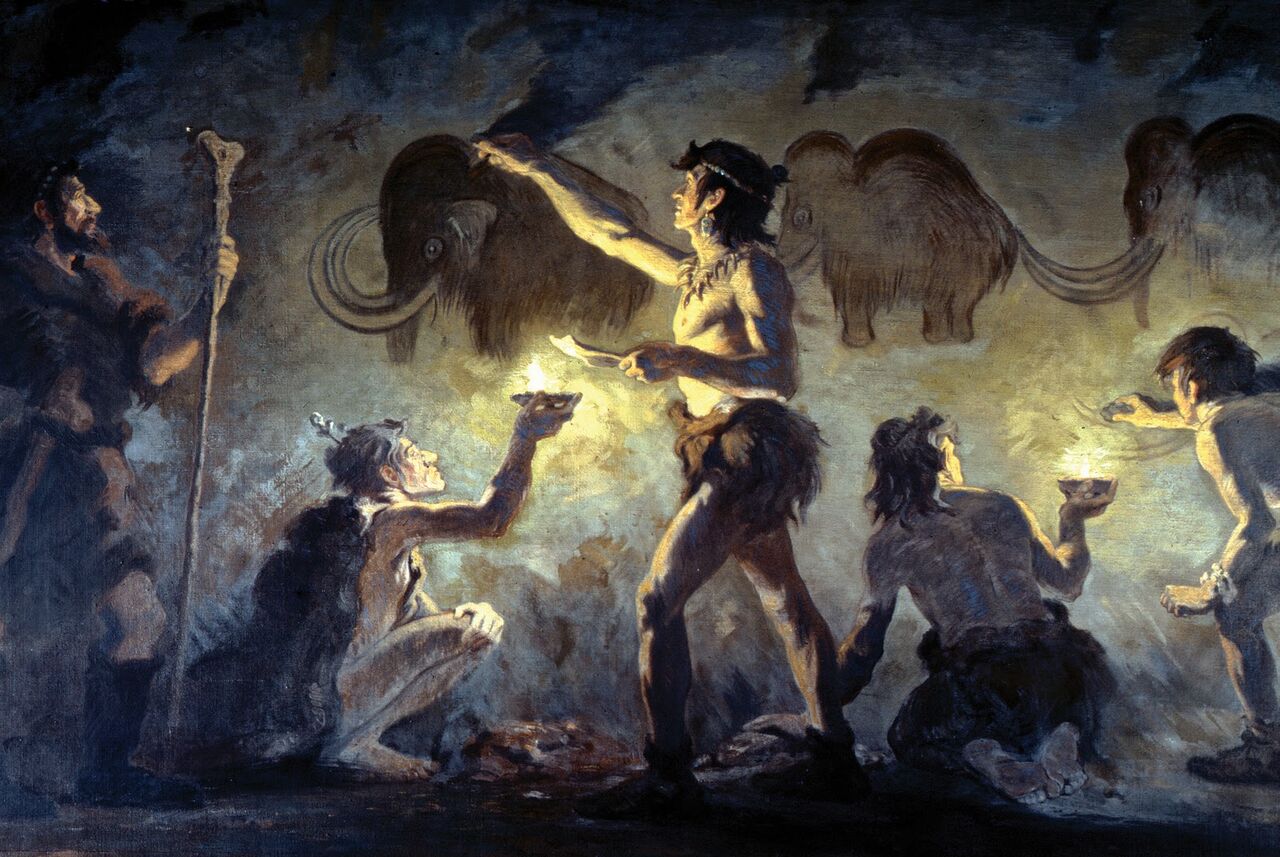A new chapter has been added to the history of humans in Ireland with a significant and exciting discovery. In 1903, the excavation of a cave in the west coast province of County Clare led to the discovery of a bear’s knee bone that had seven cuts within it. These cuts were made with a sharp, flint tool, and could have only been made by a human who was attempting to cut through the tough knee joint of the bear. Since the 1920s, the bear’s bone has been stored in the National Museum of Ireland, as it was impossible to date. Excavators at the time estimated that the bone was possibly from the Mesolithic period, as this was when humans were known to be in Ireland.
But now the bear’s knee bone has been subjected to radiocarbon dating – an expensive process only created in the late 1940s. Dr Marion Dowd, an archaeologist at the Institute of Technology Sligo in Ireland, led a team that re-examined the bone and requested for funding to have it dated. It was found to be from the middle of the Palaeolithic (Stone Age) period around 12,500 years ago in 10,500 BC. The previous categorisation of the bone within the Mesolithic period estimated that the bone was from around 8,000 BC.
Crucially, this now places the bone within Ireland’s Ice Age period. These were Arctic conditions: the land was cold and covered in ice and it was thought to be inhospitable to humans. This find is monumental, as it pushes back the date of human history in Ireland by thousands of years, adding a new chapter to the human history.
Experts at the University of Oxford double-checked the dating, confirming that the cut marks in the bone were made when the bone was fresh, proving humans were around at the same time of this bone.
Before this find, excavations at a settlement site at Mount Sandel in County Derry, as well as cremations in Limerick on the River Shannon, were the earliest evidence of humans in Ireland, dating from around 8,000 BC. DNA evidence had suggested these people had travelled from the coast of northern Spain and southern France, and had moved north as the Ice Age started to retreat.
Not only does this find have huge implications for archaeology, but it could also have a large effect on zoology. Bears are no longer found in Ireland, and scientists now believe that humans influenced the extinction of the species, which now opens a new doorway of research. The bear’s knee has completely shaken up all knowledge of human history in our part of the world. This can now allow researchers to discover more about our ancient ancestors, and our shared, universal history.
Image: Charles Robert Knight

